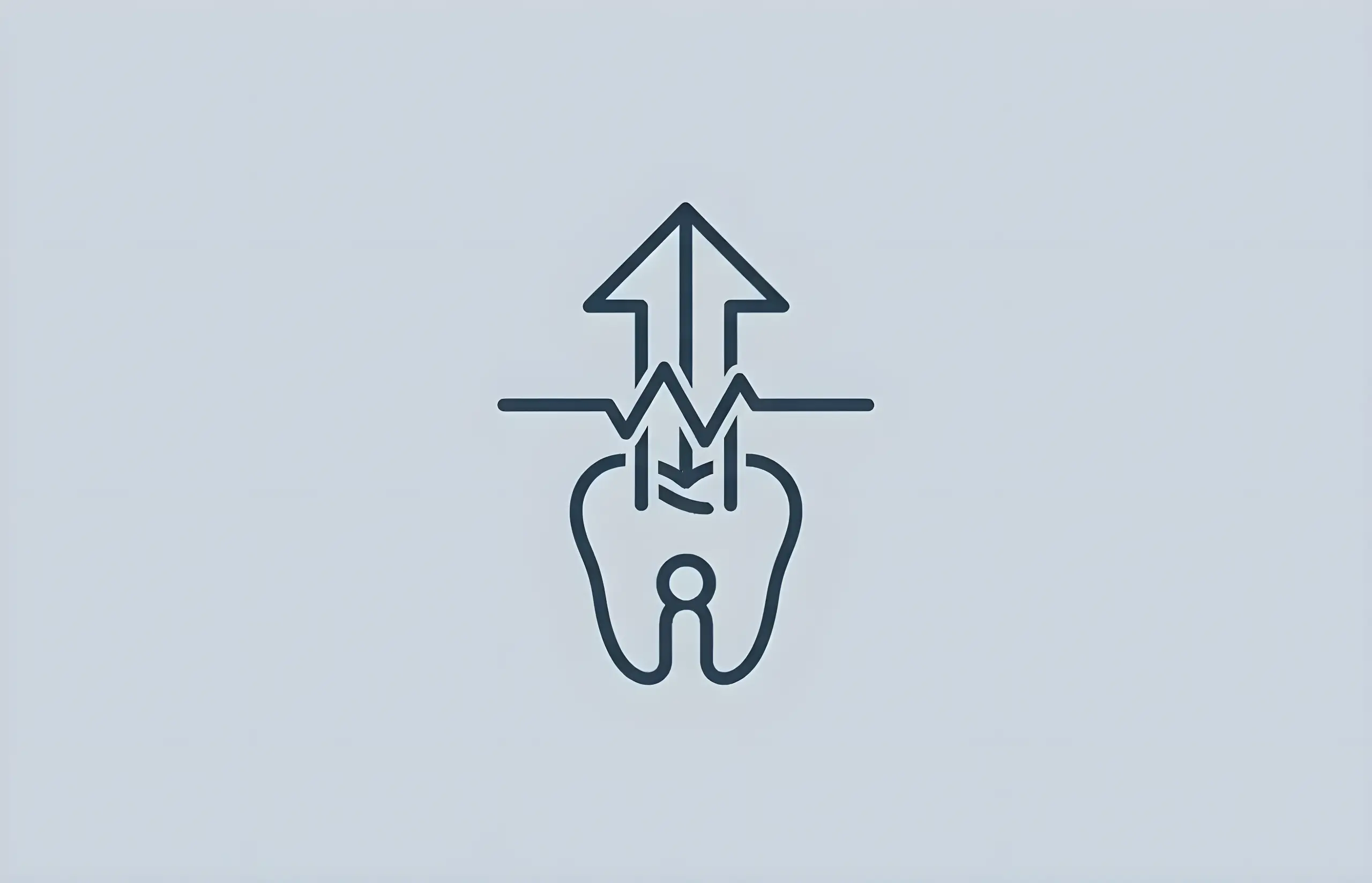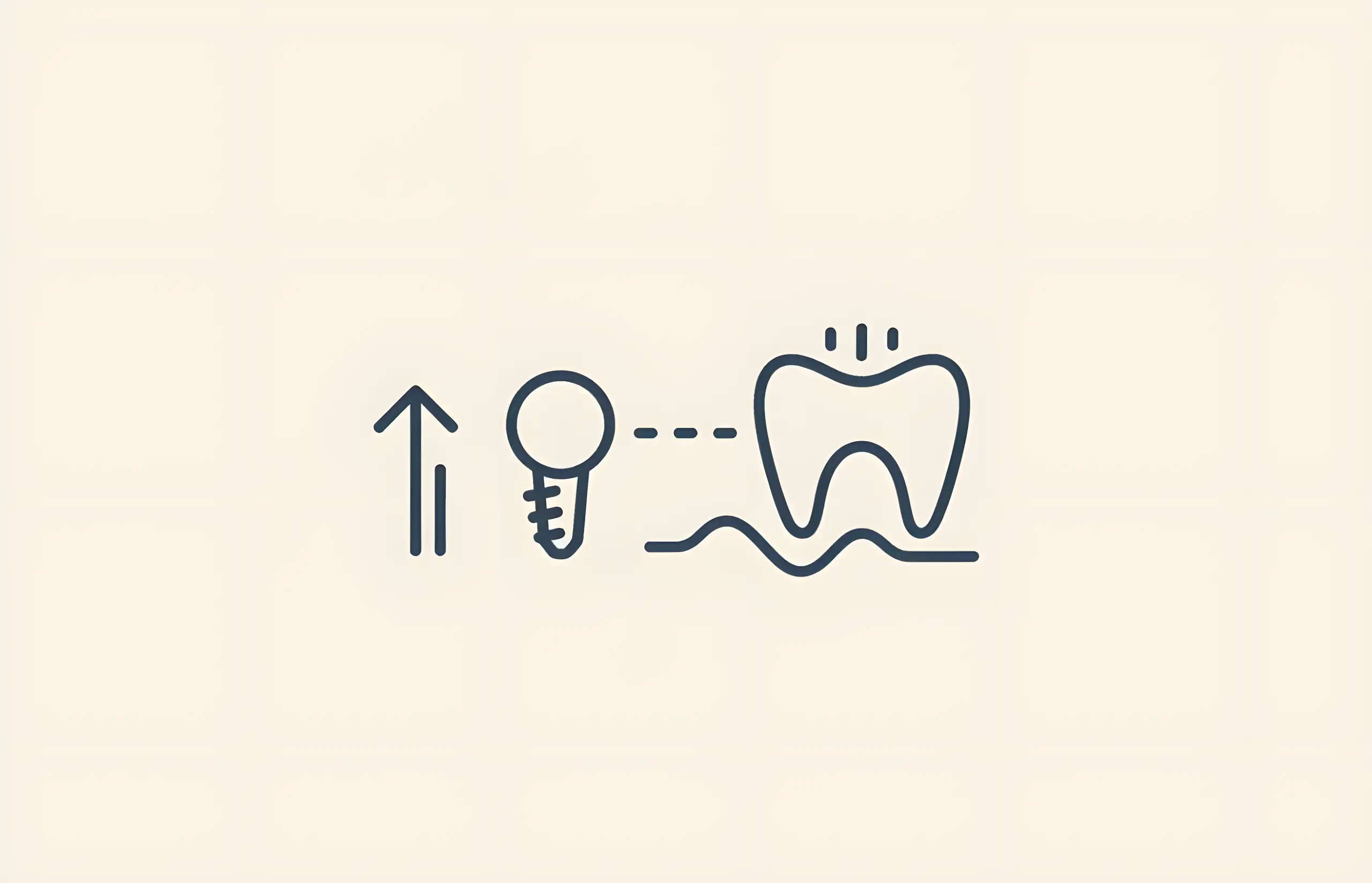You've done the research, you've talked with your dentist, and you now have some awesome dental implants and an outstanding smile. Now that it's time to recover, though, you might be wondering about side effects and when you'll heal entirely.
How Dental Implants Are Fitted
Dental implants involve titanium screws going down into your jawbone to help a dental crown settle into your mouth. Over time, as the implant heals, the screws will eventually fuse to your jawbone through a process called osseointegration. Afterward, they will not move around or make any noise, unlike dentures or other kinds of teeth replacements.
Research shows that the first new bone may be found on the implant surface around 1 week after installation, while bone remodeling starts at between 6 and 12 weeks and continues throughout life. Studies using animal models demonstrated bone formation after 3 to 4 weeks, with sufficient security that a dental implant can be loaded.
The whole process can take anywhere from 3 to 9 months because your mouth needs time to heal and grow new jaw bone. The 3D Theory of Osseointegration explains that implant integration is governed by three interdependent determinants: material composition (titanium is the gold standard), surface topography/roughness, and time. Bone-implant contact typically ranges from 45-65%, never reaching the theoretical 100%.
Common Dental Implant Side Effects
Most dental implant procedures have a high success rate, so side effects, especially dangerous ones, are few and far between. Research shows dental implants currently have more than 95% success rates, with high implant survival rates of 94.6% over a 13.4-year follow-up.
A 2024 study analyzing 150 patient cases from 2015-2020 found that approximately two-thirds of patients (66.7%) experienced successful outcomes without complications following dental implant surgery.
It's common to expect some slight discomfort after surgery, but it's nothing that over-the-counter pain medication and gentle icing cannot fix. If any side effects continue for longer than a few days, tell your dentist right away.
Bleeding, Swelling, and Bruising
Side effects are the body's natural response to any medical procedure, and should only last a few days at the most. Bleeding, swelling, and bruising at the implant site should be expected for any dental procedure, but again, with gentle post-surgery care, they should not last very long.
If possible, you can ask your dentist to prescribe specific pain medication if you expect more pain than usual.
Infection
Sometimes the implant site can get infected with peri-implantitis. In this case, the gums might get red and tender and might bleed when you brush your teeth. People who smoke, already have gum disease, or have diabetes might be more likely to get this side effect post-surgery.
Research from 2024 identified the following complication rates among 150 cases:
- Infection: 15.3% (most common complication)
- Peri-implantitis: 12.0%
- Implant failure: 8.0%
- Prosthetic failure: 5.3%
- Sinus complications: 4.0%
- Nerve injury: 2.7%
Peri-implantitis prevalence ranges from 28% to 51% according to various publications, with studies showing that 90% of peri-implant tissues had some form of inflammatory response. Risk factors include smoking (72.7% of peri-implantitis cases are smokers vs 27.3% non-smokers), diabetes (statistically significant association), plaque, history of periodontitis, surface roughness, residual cement, emergence angle >30 degrees, radiation therapy, keratinized tissue width, and implant function time.
Infection can impact the titanium implants' ability to fuse with your jawbone and can cause dental implant failure. Sometimes, an infection might come about because of something other than the surgery. Either way, to decrease your chances of infection, you should follow all post-surgery care instructions and let your dentist know when you suspect infection.
Some telltale signs of infection might include the following:
- Persistent bad taste/bad breath
- Pus or bleeding of the implant area
- Difficulty chewing
- Swollen or red gums
- Loose implant
Research shows that bone resorption was highest in the 35–55 age group (3.09 ± 0.04 mm) and for implants placed 4–7 years ago (3.39 ± 0.12 mm). An inverse relationship exists between keratinized mucosal thickness and peri-implant pocket depth, with reduced mucosal width correlating to deeper pockets.
The good news is that non-surgical therapy of peri-implantitis is effective to arrest progressive bone loss, reduce pocket depth and suppuration, and achieve radiographic bone fill in the majority of cases.
Sinus Issues
Especially for dental implants on the upper jaw, sinus issues might be more common. If the implant site goes into the sinus cavity, patients might experience headaches and pain in their cheeks.
A 2024 systematic review and meta-analysis found that implant failure rate is generally low for implants penetrating the floor of the maxillary sinus, with an estimated failure rate of 2.1% when perforation occurred. The study also found that dental implant perforation is associated with sinus opacification and mucosal thickening.
Analysis of 1,817 implants in perforated sinuses versus 5,043 in non-perforated sinuses showed no significant difference in failure risk between groups (OR 1.347, p=0.197). The prevalence of postoperative infection or sinusitis is low, with only one case of transient sinusitis reported across all reviewed studies.
Complications from Bisphosphonates Medications
If you take bisphosphonates, such as Fosamax, Actonel, Reclast, or Boniva, to prevent osteoporosis, or as a medication for cancer, you should tell your dentist before surgery. These medications might prolong the implants properly fusing with your jawbone.
Bisphosphonates prevent osteoclast cells from destroying bone, but osteoclasts are part of osteoblast, which help make up the bone itself. Taking these medications pose a risk for developing bisphosphonate-related osteonecrosis of the jaw, or BRONJ.
A 2023 review revealed that patients who received bisphosphonate therapy directly into their mouth (oral administration) had a significantly higher success rate for implants at 98.8% compared to those who received the treatment intravenously, achieving 91%. However, the risk varies significantly: approximately 0.5% for oral bisphosphonates versus 14.8% for intravenous administration following tooth extraction or dental procedures.
Research shows that the insertion of dental implants during or after bisphosphonate treatment accelerated the development of BRONJ. BRONJ occurred less frequently when the implants had been inserted before bisphosphonate therapy had been started.
The authors emphasize that close collaboration between oral surgeons and prescribing physicians, individualized treatment planning, regular post-implant maintenance, and vigilant monitoring are essential for achieving successful outcomes. To minimise the incidence of BRONJ, it is important to consider patient age and duration of bisphosphonate treatment.
Risk Factors for Implant Failure
Research has identified several key risk factors that increase the likelihood of complications:
Smoking: Smoking is associated with increased risk of early dental implant failure with an odds ratio of 2.59. Smoking shows higher maxillary early dental implant failure risk (OR 5.90) than mandible (OR 3.76). Some authors suggest that smokers treated with dental implants are more exposed to postoperative complications, such as infections and peri-implantitis.
Medical Conditions: Periodontitis history, guided bone regeneration (GBR) at first implant placement, diabetes, and osteoporosis or osteopenia are associated with significantly more implant failures.
Anatomical Location: Early implant failure would be more expected in the posterior maxilla, type IV bone, augmented bone, and immediately loaded cases.
Age: Interestingly, younger patients (20-40 years) experienced significantly higher complication rates across all categories compared to older age groups, with statistically significant differences (P < 0.05). However, peri-implant inflammation may occur at any age, regardless of the lifetime of the implants.
Final Thoughts
Dental implants have excellent success rates exceeding 95%, with high long-term survival rates of 94.6% over 13.4 years. While complications can occur—most commonly infection (15.3%), peri-implantitis (12%), and implant failure (8%)—approximately two-thirds of patients experience no complications at all.
The key to successful outcomes is proper post-operative care, maintaining excellent oral hygiene, attending regular dental checkups, and informing your dentist of any medications you're taking, especially bisphosphonates. If you notice any signs of infection or unusual symptoms lasting more than a few days, contact your dentist immediately.
With proper care and maintenance, dental implants can last 15-25 years or longer, providing a reliable and natural-looking tooth replacement solution.
Sources and References
-
[1]
Assessment of Complications in Dental Implant SurgeryJournal of Pharmacy & Bioallied Scienceshttps://pmc.ncbi.nlm.nih.gov/articles/PMC11426911/
-
[2]
Influencing Factors Regarding the Severity of Peri-Implantitis and Peri-Implant MucositisDiagnostics (Basel)https://pmc.ncbi.nlm.nih.gov/articles/PMC11275279/
-
[3]
Clinical Outcomes of Maxillary Sinus Floor Perforation by Dental Implants and Sinus Membrane Perforation during Sinus Augmentation: A Systematic Review and Meta-AnalysisJournal of Clinical Medicinehttps://pmc.ncbi.nlm.nih.gov/articles/PMC10932102/
-
[4]
Enhancing the Oral Rehabilitation and Quality of Life of Bisphosphonate-Treated Patients: The Role of Dental ImplantsCureushttps://pmc.ncbi.nlm.nih.gov/articles/PMC10627790/
-
[5]
The 3D Theory of Osseointegration: Material, Topography, and Time as Interdependent Determinants of Bone–Implant IntegrationInternational Journal of Implant Dentistryhttps://pmc.ncbi.nlm.nih.gov/articles/PMC12317956/
All sources accessed and verified on . Medical information reviewed for accuracy and compliance with current guidelines.
Related Articles

Alternatives to Dental Implants
Comprehensive guide to dental implant alternatives including fixed bridges, resin-bonded bridges, partial dentures, and complete dentures with cost comparisons

Are Dental Implants Covered by Insurance?
Comprehensive guide to dental implant insurance coverage, what plans typically cover, alternative payment options, and important information about the dental implant procedure

Are Dental Implants Painful?
Comprehensive guide to dental implant pain, including what to expect during surgery, post-operative recovery, pain management, and healing timeline

What Is The Dental Implant Healing Time Before Crown Placement?
Understanding osseointegration and the 3-6 month healing process between dental implant surgery and permanent crown placement

Common Dental Implant Infection Symptoms
Understanding dental implant infections, peri-implantitis symptoms, risk factors including diabetes and smoking, treatment options, and prevention strategies for successful implant outcomes

Dental Implants: Problems and Side Effects
Comprehensive guide to dental implant complications, risk factors (smoking, diabetes, gum disease), common side effects, peri-implantitis, infection rates, prevention strategies, and alternative treatments

The Pros and Cons of Dental Implants
A balanced overview of the advantages and disadvantages of dental implants compared to other tooth replacement options

Causes Of Swelling After A Dental Implant Bone Graft
Comprehensive guide to post-operative swelling after bone graft surgery, timeline, risk factors, management strategies, and when to seek medical attention
About The Dental Guide
The Dental Guide is a trusted online resource providing evidence-based information about dental health, treatments, and procedures. Our content is created and reviewed by qualified dental professionals to help you make informed decisions about your oral health.
Our Mission
- Evidence-based dental information
- Expert-reviewed content
- Clear, accessible explanations
- Latest treatment options
- Patient-focused guidance
Editorial Standards
- GDC-registered dental professionals
- Peer-reviewed sources
- Regular content updates
- Medical accuracy verification
- Transparent authorship
Important Notice
The information on The Dental Guide is for educational purposes only and should not replace professional dental advice. Always consult with a qualified dentist for diagnosis and treatment recommendations tailored to your individual needs and circumstances.
Medically Reviewed
Reviewed by Dr. Nasim Mechoui , BDS (Bristol)
Share this article
Comments & Discussion
Have questions about dental implants? Share your thoughts or experiences.
